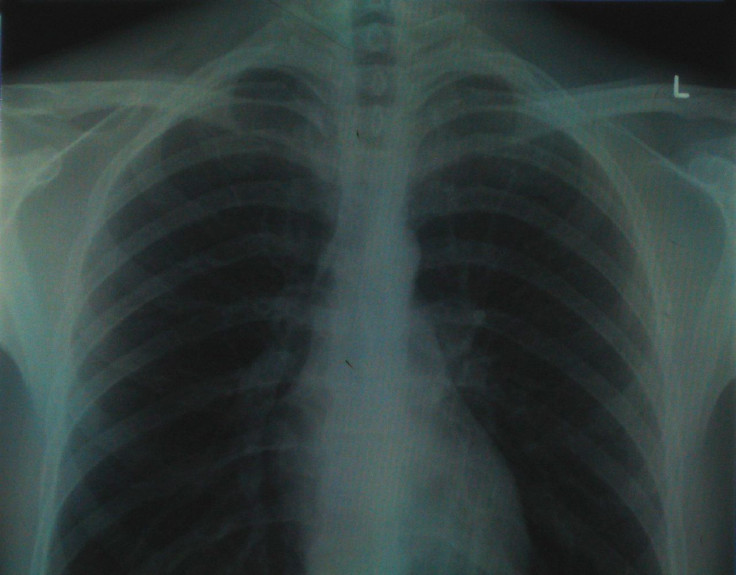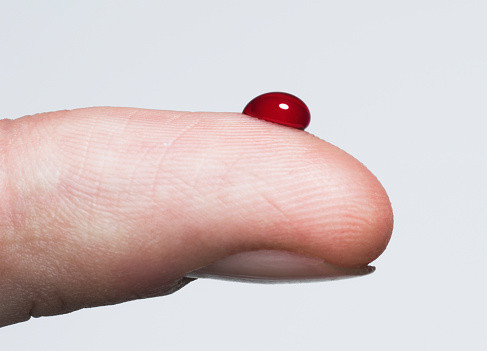Our lungs play a previously unknown role in making blood
The lungs produce half the platelets circulating in the blood of mice.
The lungs are not just for respiration and could also play a crucial, and previously unrecognised role in blood production. The scientists who made this discovery have also identified a new pool of blood stem cells capable of restoring blood production when stem cells in the bone marrow are depleted.
Their work could help improve our understanding of diseases like thrombocytopenia, in which patients are at risk dangerous uncontrolled bleeding due to low platelet counts.
Platelets are cells that circulate in our blood and bind together at the site of an injury to stop us from bleeding.
Uncertainties remained regarding how mature platelets are produced. Until this study, published in the journal Nature, scientists thought that the bone marrow was the main site of platelet production.
Using mouse models, the authors suggest that the lungs may contribute to the production of about half the platelets present in the blood.
Studying tiny blood cells
The team, led by pulmonologist Mark R Looney (University of California San Francisco), refined a video microscopy technique known as two-photon intravital imaging, which allowed them to look at blood circulation in the lungs of mice. They were able to study how individual tiny cells in the blood vessels behaved.
The mice they used were engineered so that their platelets would emit bright green fluorescence (see video). The scientists were thus able to observe platelets in the blood of the animals as well as a large population of platelet-producing cells called megakaryocytes. These cells appeared to circulate through the lungs, releasing platelets.

Megakaryocytes had been spotted before in the lungs, but until now, scientists had believed they mostly resided and produced platelets in the bone marrow.
These new findings suggest that megakaryocytes are in fact present in high numbers in the lungs and contribute substantially to total platelet production. They were shown to produce more than 10 million platelets per hour within the lung vasculature, approximately to 50% of total production.
Damaged bone marrow
The other major finding of this study was that previously overlooked megakaryocyte progenitor cells (cells that give rise to megakaryocytes) and blood stem cells were identified in the lungs. The scientists thought that these cells could potentially help blood production in people suffer from damaged bone marrow and low platelet counts.
To learn more, they conducted an experiment in which they transplanted healthy lungs with fluorescent megakaryocyte progenitor cells into mutant mice with low platelet counts. This resulted in the mouse suddenly producing a burst of platelets and to platelet counts being restored to normal levels for several months.
The scientists then transplanted healthy lungs in mice with damaged bone marrow, which lacked normal blood stem cells (and could thus not produce platelets). They soon observed that cells coming from the lungs travelled to the bone marrow, where they contributed to the production of platelets and other blood cells including immune cells such as B cells and T cells.

These findings indicate that the lungs host a variety of blood progenitor cells and stem cells that can assist the damaged bone marrow and restore the production of many components of the blood. Although research in humans will first be needed, this could have important implications for understanding the mechanisms behind thrombocytopenia and how this disease may be treated.
"To our knowledge this is the first description of blood progenitors resident in the lung, and it raises a lot of questions with clinical relevance for the millions of people who suffer from thrombocytopenia," Looney concluded.
© Copyright IBTimes 2025. All rights reserved.






















